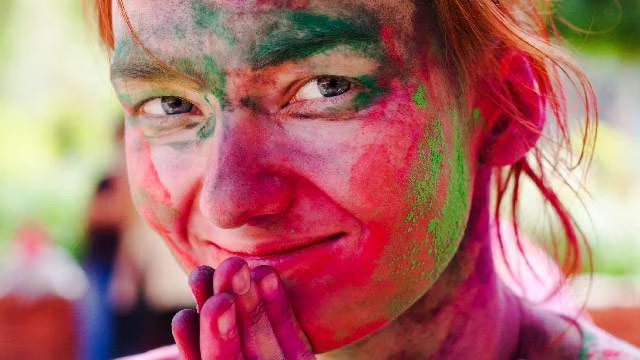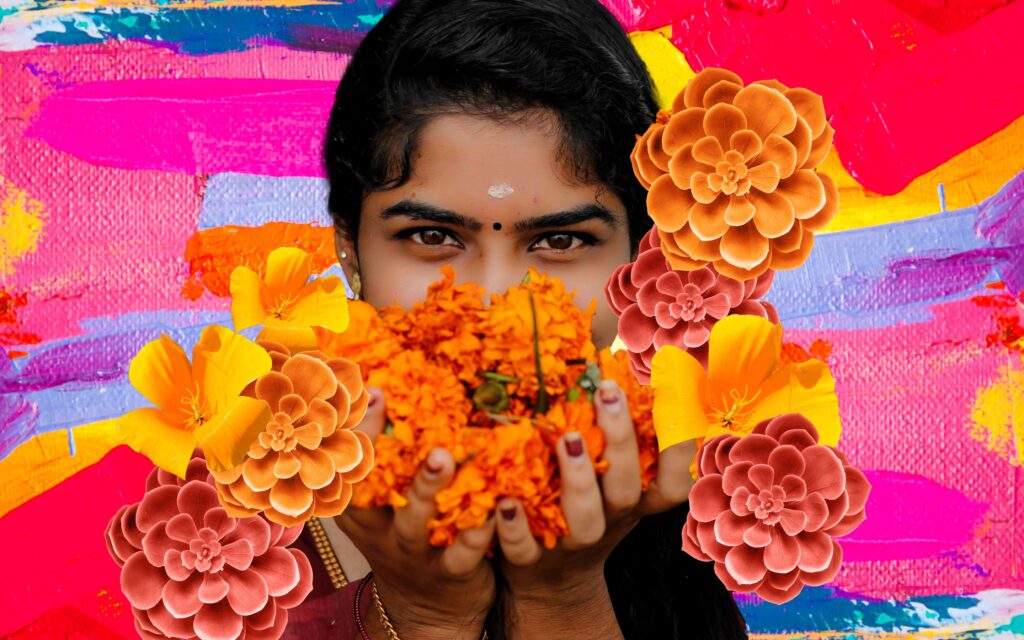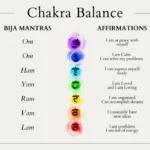Colors have a deep effect on our mind, emotions, and energy. In spiritual rituals, colors are not just for decoration. They carry vibrations, meanings, and hidden messages. Across cultures and traditions, colors are used to express emotions, connect with divine energy, and create sacred space.
In India, the use of color in spiritual and religious life is rich and symbolic. From the red sindoor worn by married women to the yellow clothes of saints, each color has a purpose. Whether you are lighting a diya, setting up a pooja altar, or meditating, knowing the spiritual meaning of colors can deepen your connection with your practice.
This article will explore the importance of different colors in rituals, especially from an Indian perspective, and guide you on how to use them in your daily spiritual life.
Why Colors Matter in Spirituality

Color is not just seen by the eyes. It is felt by the soul. In spiritual traditions, colors are seen as forms of energy. Each color carries a unique frequency. These frequencies affect our mood, thoughts, and even the energy of our surroundings.
That’s why saints wear white, temples use red and gold, and spiritual flags come in vibrant shades. Colors are used to:
- Invoke certain energies
- Balance chakras
- Enhance meditation
- Attract blessings
- Show respect to deities
- Set the mood for prayer or ritual
Also Read Smudging: What It Is and How to Do It
Spiritual Meaning of Common Colors in Rituals
Let’s explore the spiritual significance of each color, especially how they are used in Indian rituals and sacred practices.
1. White – Purity and Peace
- White is the color of peace, purity, and truth.
- It is often used during spiritual events, funerals, and meditations.
- Saints and spiritual leaders wear white to show simplicity and detachment from the material world.
- White flowers are offered to gods like Shiva and Saraswati, symbolising a pure heart.
2. Red – Energy and Power
- Red is bold, fiery, and full of life.
- In India, red represents Shakti, the divine feminine power.
- Married women wear red sindoor and bangles as signs of strength and fertility.
- Red kumkum is used in tilak and rituals to activate energy and protection.
3. Yellow – Knowledge and Positivity
- Yellow is linked to the sun, learning, and clarity.
- It represents knowledge, devotion, and optimism.
- Sages wear yellow, especially during Vasant Panchami, a festival dedicated to Goddess Saraswati.
- It is also used in haldi (turmeric) ceremonies for its purifying energy.
4. Green – Growth and Healing
- Green symbolizes nature, balance, and renewal.
- It is connected with heart chakra energy — love, compassion, and healing.
- In rituals, green may be used to invite prosperity and health.
- It also connects us to the earth and promotes emotional well-being.
5. Blue – Calmness and Communication
- Blue stands for peace, truth, and deep thinking.
- It is the color of the throat chakra, linked with self-expression and communication.
- Lord Krishna, often shown in blue, represents divine love and wisdom.
- Blue helps in cooling down anger and calming the mind.
6. Orange – Spiritual Awakening and Sacrifice
- Orange, or saffron, is one of the most sacred colors in India.
- Worn by monks and sadhus, it shows detachment and a deep commitment to the spiritual path.
- It is also the color of fire, which is used in havans and yajnas.
- Orange invites transformation and purification.
7. Purple – Intuition and Divinity
- Purple is the color of royalty and the third eye chakra.
- It is linked with intuition, spiritual vision, and connection with the divine.
- Though less common in Indian rituals, it is often used in meditation and healing practices.
- Purple helps in deep reflection and mental clarity.
8. Black – Protection and Absorption
- Black is seen with caution in rituals, but it also has protective qualities.
- It absorbs negative energy and shields the aura.
- In some traditions, black is used to ward off evil eyes and harmful energies.
- However, it is rarely offered to deities and is mostly used for energy work.
Color and Chakras: The Energy Connection

Colors are also deeply connected to the seven chakras, the energy centers of the body. Each chakra has a specific color:
- Root Chakra – Red (Stability)
- Sacral Chakra – Orange (Creativity)
- Solar Plexus – Yellow (Power)
- Heart Chakra – Green (Love)
- Throat Chakra – Blue (Truth)
- Third Eye – Indigo or Purple (Wisdom)
- Crown Chakra – White or Violet (Spirituality)
Using these colors in rituals or meditation can help balance your energy and improve focus.
How to Use Colors in Daily Spiritual Practice
Here are some simple ways to include color symbolism in your rituals:
- Choose clothing mindfully before prayer or meditation. Wear white for peace, yellow for focus, or orange for spiritual depth.
- Decorate your altar with cloths and items that match your intention. Use red for strength, green for healing, or blue for calmness.
- Offer colored flowers based on the deity or purpose of the prayer. For example, red hibiscus to Kali, white lotus to Lakshmi.
- Use colored candles or diyas during evening rituals.
- Paint or draw chakra symbols in their specific colors for deeper meditation.
- Include color in your food offerings—saffron rice, green leaves, red fruits, etc.
FAQs on Spiritual Colors in Rituals
Q: Is it necessary to use specific colors in rituals?
Not always. But using the right colors can enhance the energy and intention of your ritual.
Q: Can I use modern materials like colored candles or fabrics?
Yes. What matters most is your intention and understanding of the color’s meaning.
Q: Which color is best for beginners in spiritual practice?
White and yellow are good choices. They bring peace, purity, and mental clarity.
Q: Why do many Indian gods wear multiple colors?
Each color reflects a different quality of the divine — strength, wisdom, love, or power. Their attire symbolizes balance.
Q: Can colors affect mood during rituals?
Yes. Colors influence our mind and emotions. That’s why using calming or energizing colors can change how you feel during prayer or meditation.
Final Thoughts
Color is a powerful spiritual tool. It speaks without words. It guides your mind, opens your heart, and supports your sacred practices. In Indian tradition, the use of color is everywhere — from rangoli designs to temple flags, from festive clothes to prayer rooms.
Understanding the spiritual meaning of colors in rituals helps you connect more deeply with your beliefs. Whether you’re performing a pooja, meditating, or simply seeking peace, let color be your silent guide.
Let your rituals be vibrant, intentional, and full of light — one color at a time.










